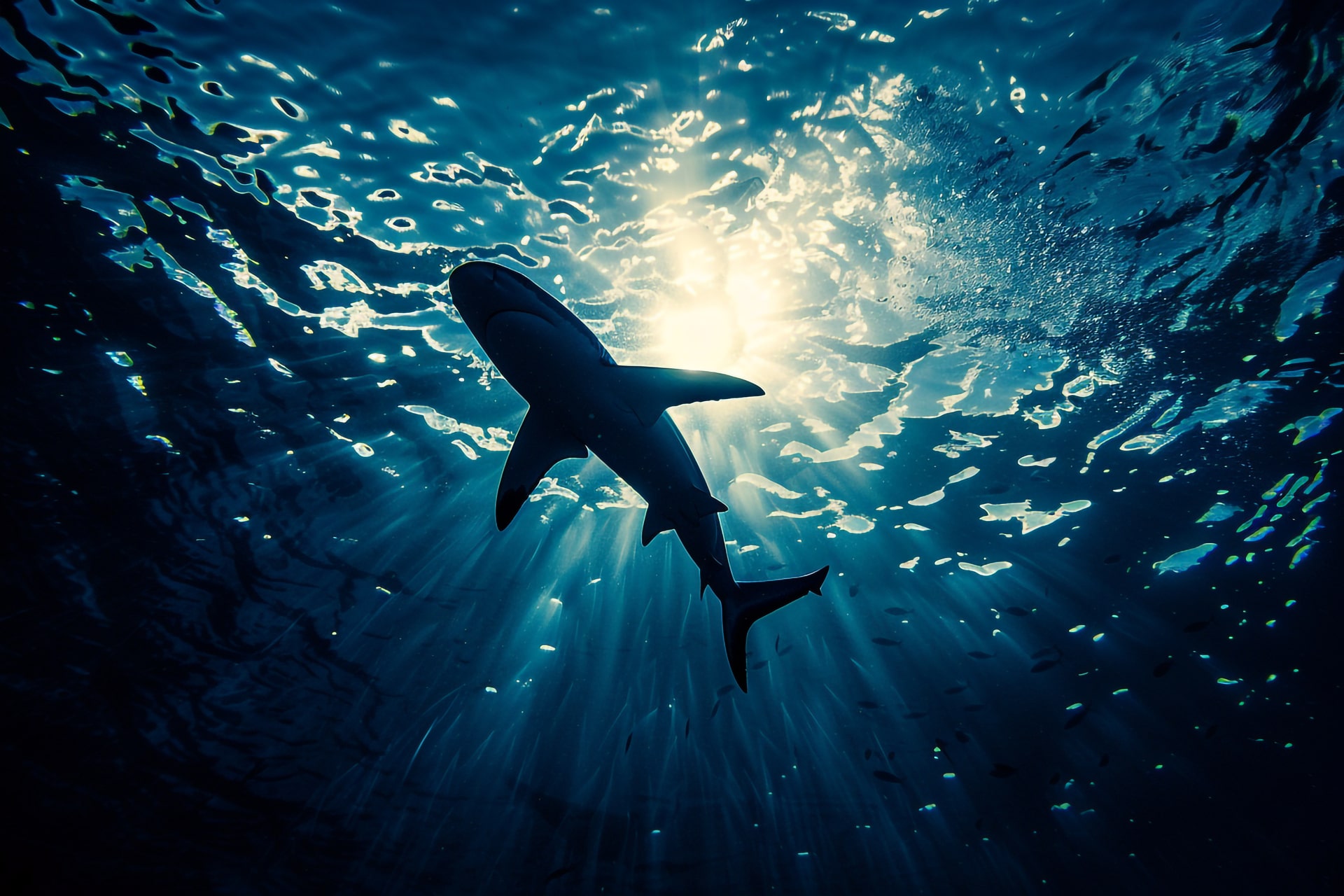When is the Best Time to Go Shark Cage Diving in Cape Town
If you want the best odds of seeing sharks from a cage in Cape Town, you need to think like a marine scientist as well as a tourist. Sightings and conditions are driven by seasonal movements, water temperature and clarity, weather (wind and swell), and even ecological events (notably recent orca activity).
Below, I break down what to expect across different seasons and times of day, with practical takeaways to help you choose the best conditions for shark cage diving in Cape Town and make the most of your adventure.
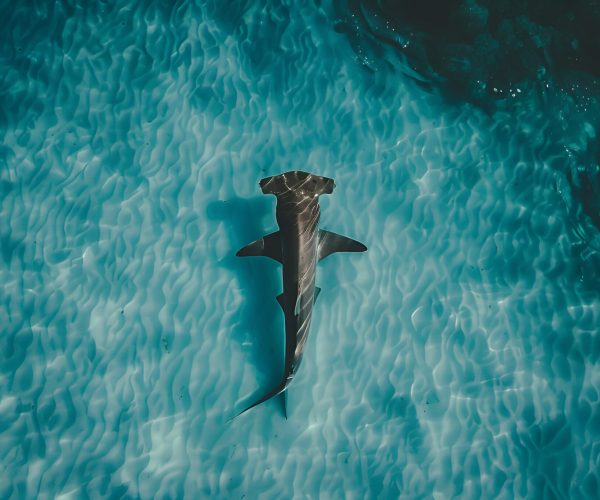
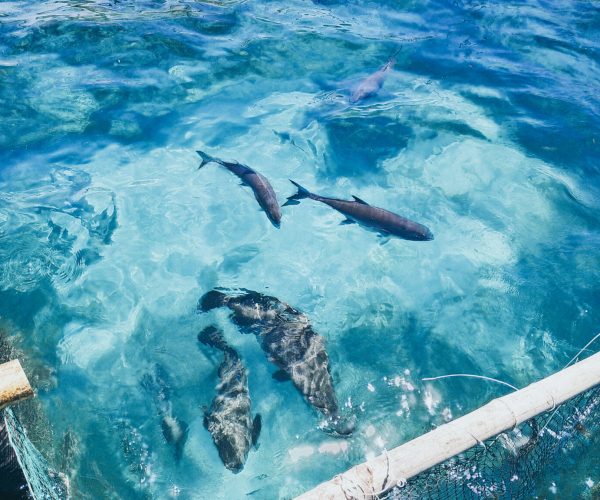
Winter (June–August) — historically the sweet spot
Winter was traditionally the peak window for great white-viewing in the Cape. Colder, nutrient-rich waters in winter can bring more sharks into coastal feeding grounds, and many operators report the best underwater visibility during these months — which improves photographic opportunities and the chance of reading shark behavior such as investigative passes and surface interactions.
If your goal is to maximize underwater visibility and the classic “big” encounters, winter has historically been the best period.
Spring (September–November) — transition and variability
Spring can be variable. Water starts to warm and some sharks redistribute; visibility may decline relative to winter but you still have good chances of seeing species common to False Bay (bronze whaler, sevengill, etc.). Spring also brings more weather variability (windy days and swells), so operators may cancel trips more often — flexibility is important.
Recent research also shows that whale and shark distributions in the Cape can shift in spring as prey movements change, so sightings become less predictable. (Movements and growth rates of bronze whaler sharks (Carcharhinus brachyurus) in southern Africa by T. D. Rogers et al., published in Marine and Freshwater Research 73(12):1450-1464 (2022)
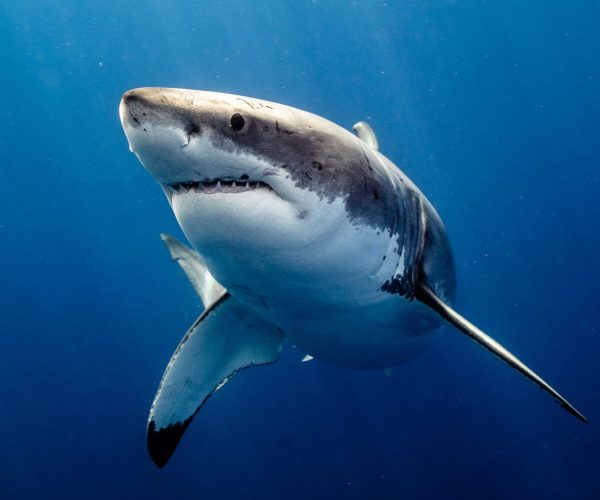
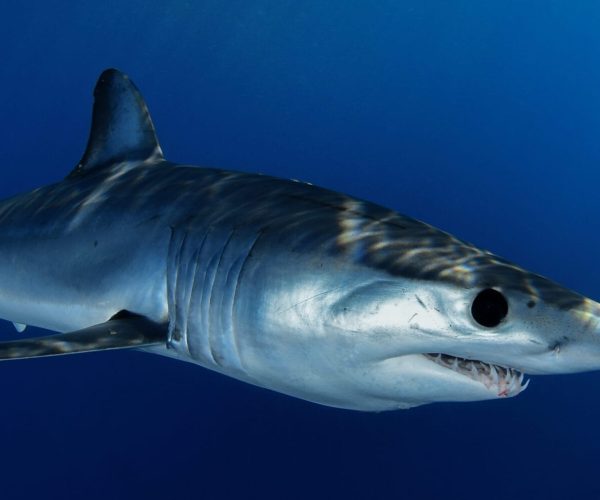
Summer (December–February) — warmer water, different species mix
Summer brings warmer surface temperatures and increased boat traffic. While great white sightings have historically been lower in summer, this season can produce encounters with other species (e.g., mako and blue sharks offshore) and often better overall weather for boat comfort.
Note: in the last several years researchers and operators have documented a marked decline in great white presence in traditional hot spots—an ecological change linked to predator–prey dynamics (including orca predation) and overfishing — so species composition now matters more than a decade ago.
Autumn (March–May) — often underestimated
Autumn can be a quiet but steady time for cage trips: water is still relatively warm early in the season and weather can be calm. Sightings are possible year-round, and some operators run reliable trips in autumn when crowds are smaller and boats face fewer cancellations.
Times of day — mornings usually win for conditions, not behavior alone
Two practical axes matter: sea state (calm vs choppy) and shark behavior. Operators and divers commonly recommend early-morning departures because winds and swell typically build through the day in Cape Town; calmer seas improve boat handling, comfort and visual conditions at the surface and in-water.
Sharks themselves are often crepuscular (most active at dawn and dusk), so early morning and late afternoon can be good for activity — but success depends more on local movement and visibility that day than on an absolute “best hour.” Book morning slots when possible and remain flexible with operators, who monitor daily conditions.
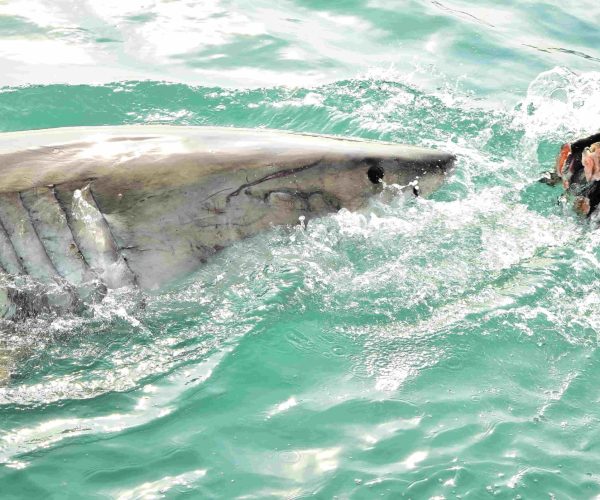
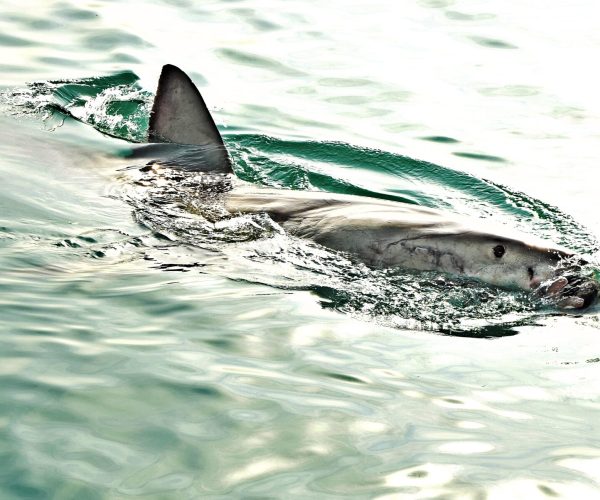
Other practical considerations (what operators measure and why it matters)
- Water temperature and visibility: False Bay water temps commonly range ~12–18°C and visibility is often 6–10 m in the clearer months.
- Species variability: due to ecological change (including documented orca impacts) great whites are less predictable; bronze whaler, sevengill and other sharks are commonly encountered and are charismatic in their own right.
- Safety & ethics: choose reputable operators who follow ethical viewing guidelines and local permits.
- Bottom line: go prepared and flexible.

